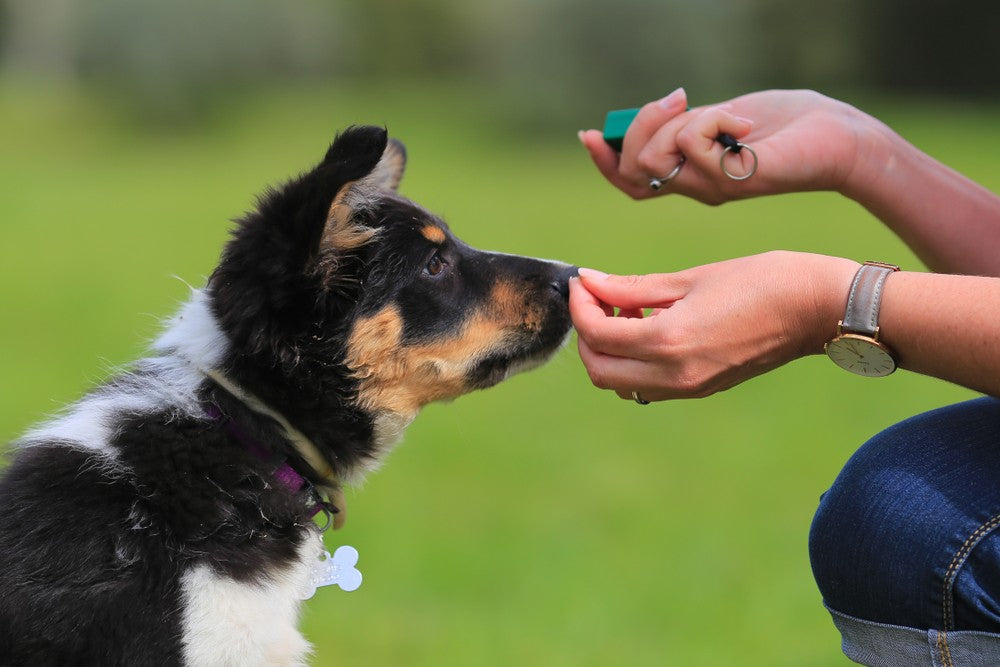
Addressing Dog Food Aggression: Understanding and Solutions
Share
For many dedicated pet owners, enjoying a peaceful and loving relationship with their dogs is essential. However, issues like food aggression can disrupt this harmony, presenting real concerns. This article explores how to understand and manage this behavior to promote a safe and nurturing home for your pet.
The reality of dog aggression towards food is unfortunately common. Recognizing early signs and learning how to address them can help avoid incidents and create a more positive relationship between you and your canine companion. Taking proactive steps is vital not just for safety reasons, but also for fostering an encouraging environment for behavioral improvements.

What is Dog Aggression Towards Food?
Food aggression in dogs can manifest as growling, snapping, or biting around food situations. This behavior often originates from instinctual drives, learned experiences, or potential health issues. Identifying the underlying causes is crucial for effectively addressing these challenges.
Instinctual Roots
In the wild, food availability is limited. Many domestic dogs retain their primal instincts to guard their food, especially when they feel insecure, leading to aggressive behaviors in familiar settings.
Training Techniques to Reduce Food Aggression
To manage food aggression effectively, training should involve gradual desensitization and positive reinforcement. Explore useful resources on stopping dog aggression to understand how to build trust with your pet.
Spotting the Signs of Dog Aggression Towards Food
Before implementing solutions, it's important to identify key signs like stiffening, growling, or staring at individuals nearby. Recognizing these warning signs is critical in preventing escalation.
Importance of Prompt Attention
Ignoring these early signs can lead to more severe aggression, putting both the dog and owner at risk. Helpful resources like harness training can provide safe methods for intervention.
Effective Strategies for Dog Aggression Towards Food
Applying strategic interventions can significantly reduce tension associated with feeding. Techniques such as managing feeding areas, scheduling consistent meal times, and utilizing commands can create a more relaxed atmosphere during mealtime.
Creating a Personalized Approach
Every dog has unique needs, making individualized strategies essential. Consulting with veterinary behaviorists or professional trainers can lead to tailored plans for your dog's specific requirements. For further guidance, check out best dog food references.
Final Thoughts
Addressing dog aggression towards food requires dedication and empathy from pet owners. While the process can be challenging, the rewards of a stronger bond between you and your dog are well worth the effort. Learn more about training approaches for a more peaceful coexistence.

Frequently Asked Questions About Dog Aggression Towards Food
What triggers food aggression in dogs?
This behavior may arise from instincts, learned experiences, or health concerns that require professional attention.
Can food aggression be avoided?
Yes, employing the right training methods, consistent feeding schedules, and providing safe eating environments can help.
When is it crucial to seek professional advice?
If your methods aren't effective or if aggressive behavior intensifies, it's time to consult a professional for a tailored treatment plan.
This article contains affiliate links. We may earn a commission at no extra cost to you.
